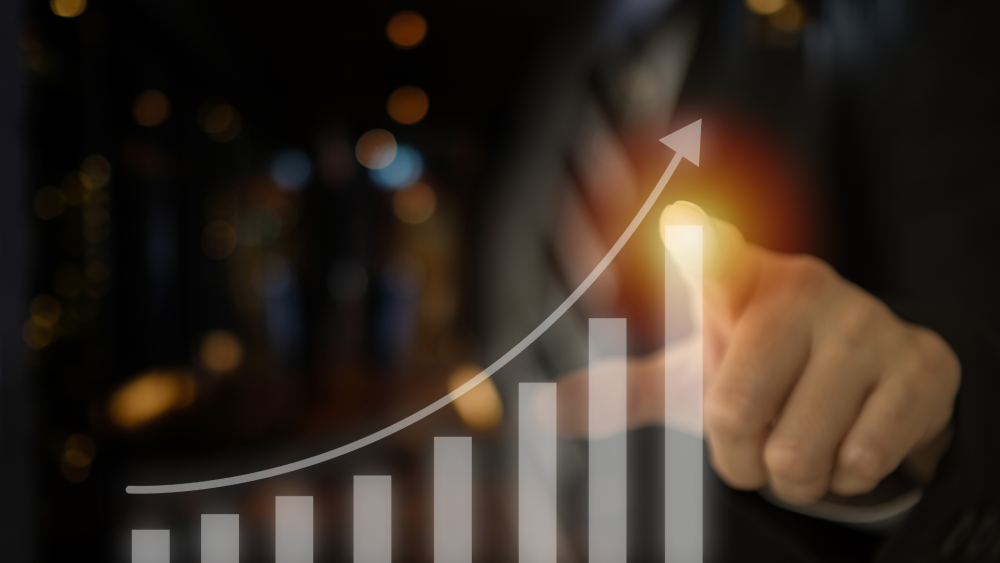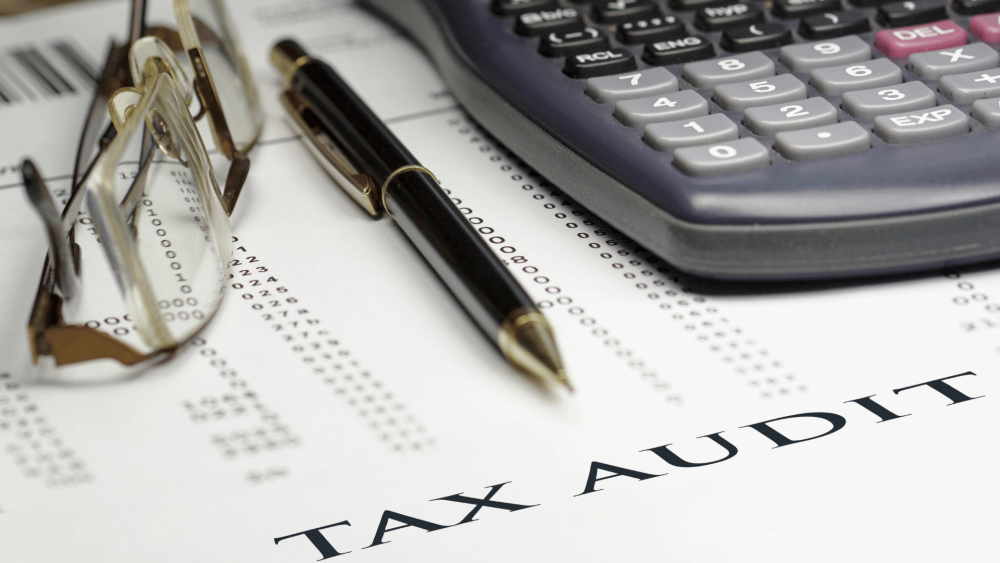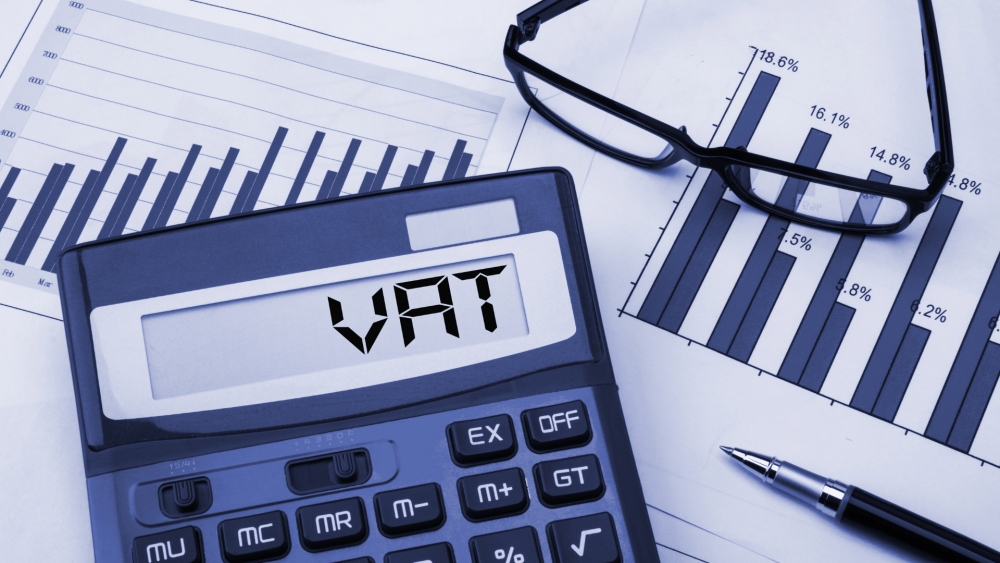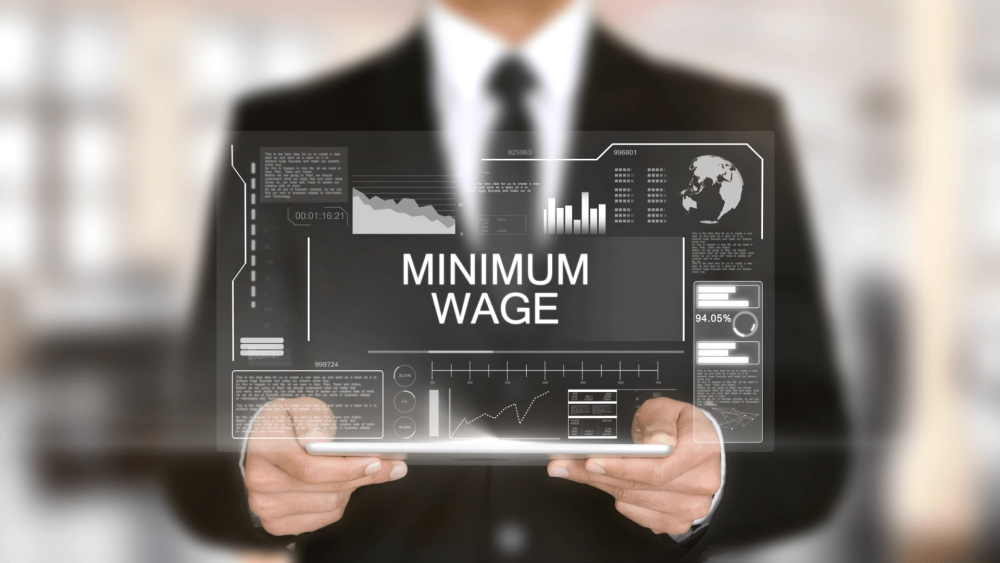Indonesia’s economy grows 5.72% in Q3 2022
09 Nov 2022

Indonesia posted another positive GDP growth of 5.72% (yoy) in the third quarter of 2022, up from the 5.44% growth rate recorded in the previous quarter, as well as the 5.01% from the first quarter of the year.
As reported by the Indonesian Statistics Agency (BPS), the Indonesian economy was buoyed by increased mobility due to relaxed pandemic restrictions at home, which accelerated household spending by 5.39% (yoy) in the third quarter of the year, though this was slower compared to the 5.51% increase in the previous quarter. Domestic consumption currently accounts for over half of the country’s GDP.
Other economic indicators on the expenditure side also saw continued growth, such as retail sales (5.52%), electronic money, debit and credit card transactions (12.30%), and income tax receipts (26.10%). International visits through the country’s main gate in particular grew a whopping 10,746.29%.
“Improved public mobility was the determining factor in the acceleration of economic activity, be it from the expenditure side or the sectoral side. At the same time, the government has also taken responsive steps in maintaining the public’s purchasing power amidst the trend of rising global inflation,” said the Coordinating Minister of Economic Affairs Airlangga Hartarto during an online press conference on the BPS report, on Monday, November 7, 2022.
The strength of the domestic economy was further supported by the country’s trade surplus of US$14.92 billion (roughly Rp 234.1 trillion under current exchange rates) – a growth of 12.57% (yoy). This was largely driven by higher prices for key export commodities such as coal, palm oil, and steel, each contributing 13.31%, 8.95% ,and 6.38%, respectively to the growth.
“The future challenges are the lower commodity prices and slowdown in global demand,” said Mr. Airlangga, as quoted by The Jakarta Post.
Manufacturing sector continues to grow
Annually, imports grew 22.98% in the third quarter of the year, slightly outpacing exports which grew 21.64% in the same period. The growth in imports was driven by purchases of raw materials (up 34.22%) and capital goods (up 44.08%), which supports added value economic growth.
This development contributed to the dominance of the manufacturing sector in the country’s GDP on the production side, which grew by 4.83% (yoy) in the third quarter of 2022. The other main sectors of mining and agriculture contributed 3.22% and 1.65%, respectively, to the total GDP growth.
On the manufacturing side, transportation and logistics was the highest performing sub-sector with a growth of 25.81% (yoy), followed by hospitality services with 17.83% (yoy), and administrative services with 12.42% (yoy).
In regional terms, the island of Java contributed the highest to national growth with 56.30% of the total GDP. It may be interesting to note that the island of Sulawesi grew the fastest at 8.24% (yoy) with the processing and mining industries driving the growth. This is in line with an earlier report from the Indonesian investment authority BKPM, which saw as much as $5.1 billion poured into the region as of the third quarter of the year, or nearly the value of the FDI poured into the island of Java for the full year of 2021.
That same report showed that total investments into Indonesia rose 42.1% to Rp 307.8 trillion (around $19.78 billion) in the third quarter of 2022. Foreign investments went up 63.6% compared to the same period last year to Rp 168.19 trillion, while domestic investments went up 45.1% to Rp 138.9 trillion. This translates to a total of Rp 892.4 trillion in investments as of September 2022, or 74.4% of this year’s total investment target of Rp 1,200 trillion.
“We should be grateful for this achievement because this proves that the wheels of recovery of our domestic economy continues to move swiftly amidst the ongoing global economic slowdown,” Mr Airlangga concluded.






